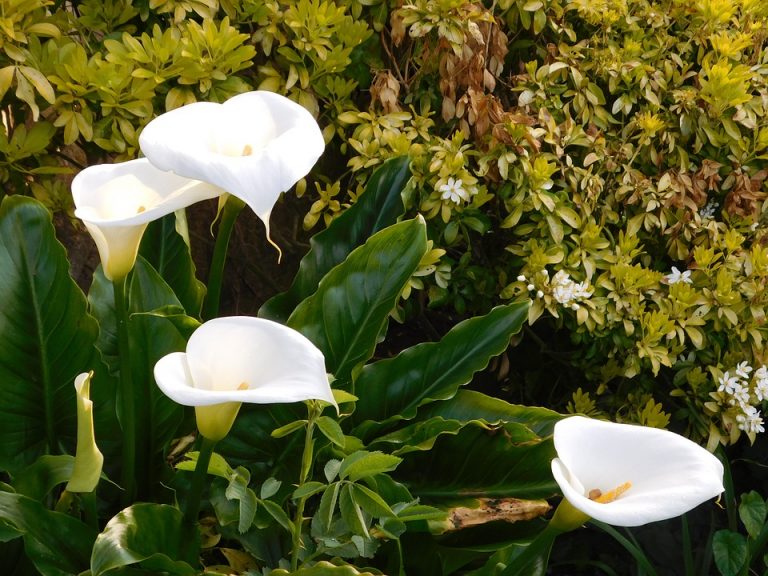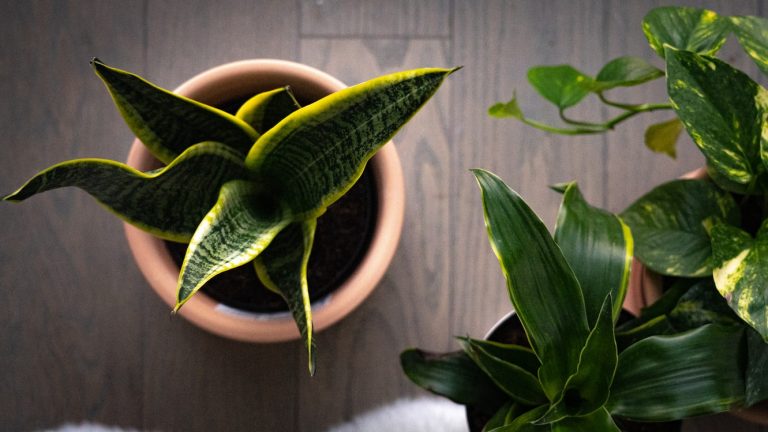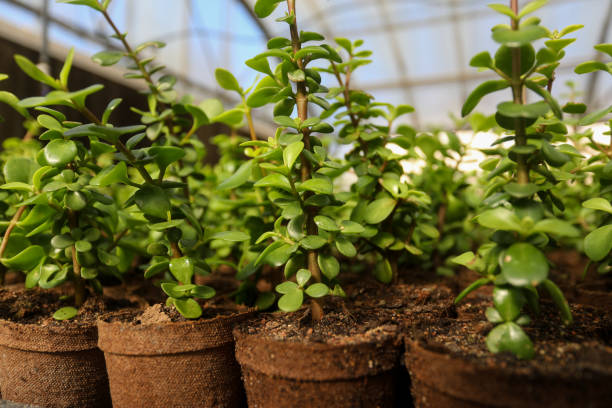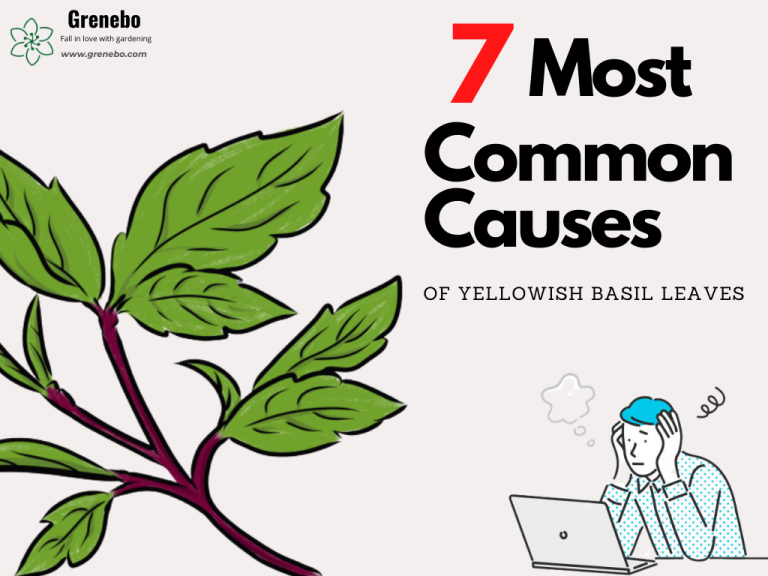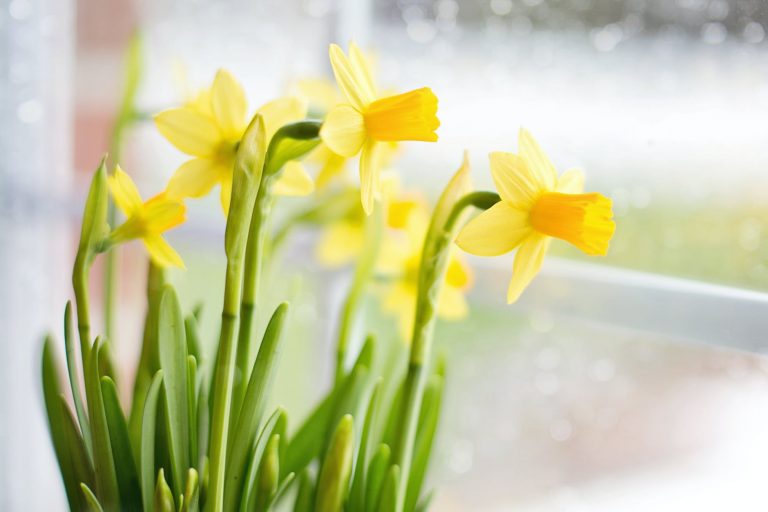How to Grow and Care for Pothos to Make them Beautiful?
Over the past few years, growing houseplants have become increasingly popular, especially among beginners. While there are many houseplants to choose from, one of the most popular is undoubtedly Pothos. Like other plants like peace lilies and snakes, Pothos is one of the easiest houseplants to grow. They clean the air and bring nature into your home.
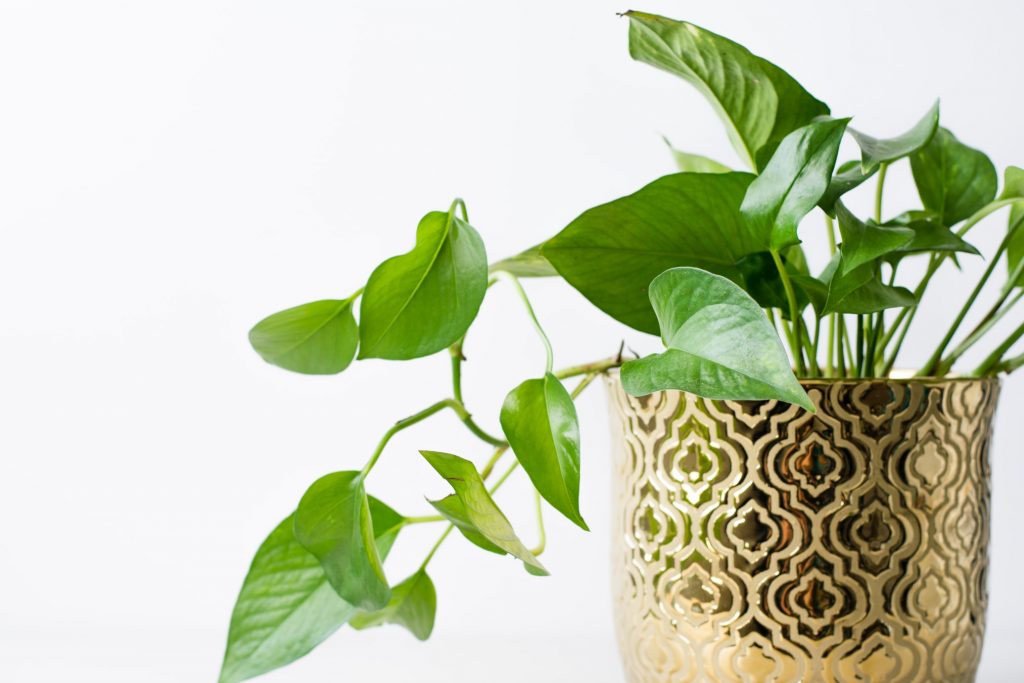
If you don’t have the energy or skill to care for Pothos, but still want to try it, or if you want to learn some basic Pothos cultivation and care tips, this article is for you. You will learn how to create a good environment for your beautiful green plants to grow and become vigorous and healthy plants.
What is Pothos
Pothos, native to Southeast Asia, is a popular houseplant. Pothos is often confused with Philodendrons, plants with similar heart-shaped leaves. To make sure you’re buying the right plant, check the plant label or ask the store staff.
Pothos has an aerial rooting system that allows it to colonize the forest floor and climb tree trunks. Even indoors, they can grow up to 10 feet in length, so they’re perfect for topping bookshelves or adding to hanging baskets because they hang down beautifully, making Pothos a great houseplant.
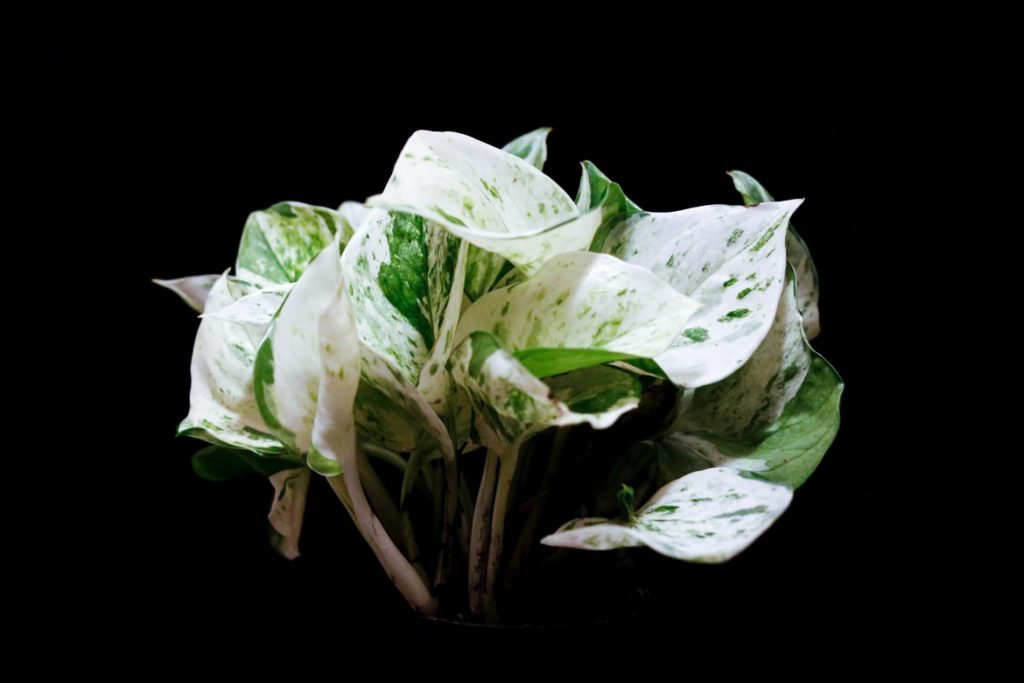
And Pothos is almost foolproof for beginners, too. Pothos is almost pest free, doesn’t require much care, and is a low-light houseplant that’s perfect for your room and office.
What’s more, Pothos is uniquely suited to indoor environments, improving indoor air quality by filtering gaseous toxins like formaldehyde and making homes and offices cleaner.
Growing Pothos
Pothos is one of the easiest houseplants to grow. To get the best possible results, it must be given the most suitable growing conditions.
The Sun
It’s best to plant Pothos near a window that receives bright indirect light because Pothos grows best in bright indirect light. Even if it does tolerate moderate to low indirect light, its leaves may therefore lose noise and not retain their best leaf color.
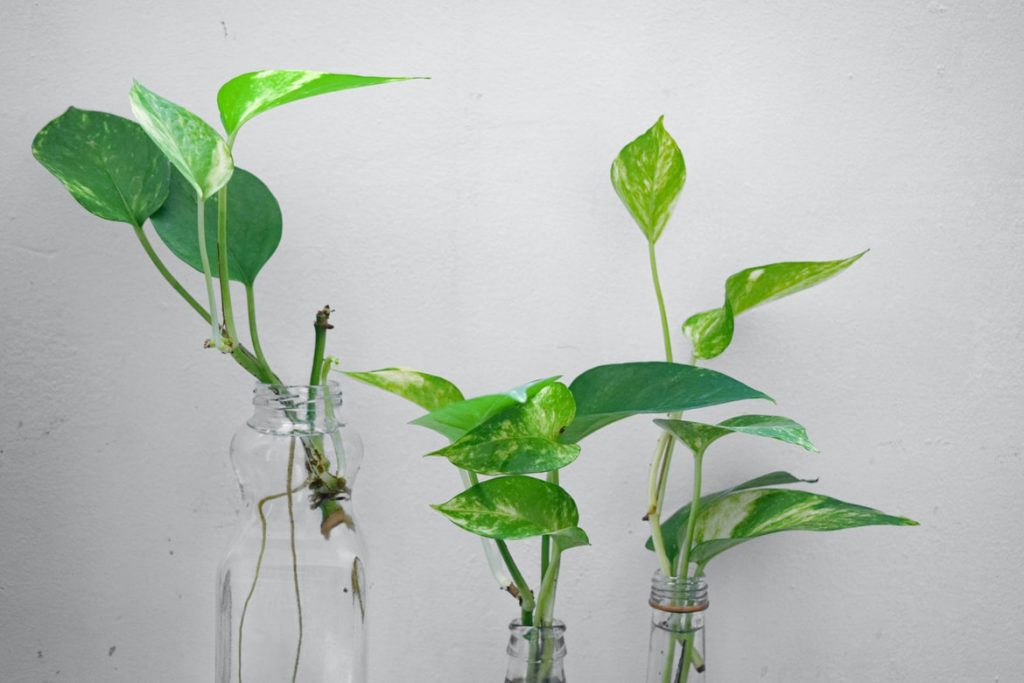
Meanwhile, keep in mind that Pothos should avoid cold winds and strong, direct sunlight (sudden pale leaves mean Pothos is getting too much sun).
Soil
Pothos plants should be planted in well-drained potting soil, preferably with a mixture of ingredients such as perlite or lava to increase soil ventilation. By providing it with well-drained potting soil, you can prevent root rot, a common phenomenon caused by too much moisture and poor drainage.
Water
Although Pothos plants are native to high humidity, they don’t like wet soil, so we have to water them moderately. Like most houseplants, they prefer to let the soil dry completely between watering, so we’ll need to watch the leaves to see if Pothos needs watering: if they’re shiny, they’re hydrated; When it begins to droop, wilt or turn brown, it is a sign of underwatering. Also, yellow leaves mean overwatering, which can lead to root rot, so don’t leave the soil wet all the time.
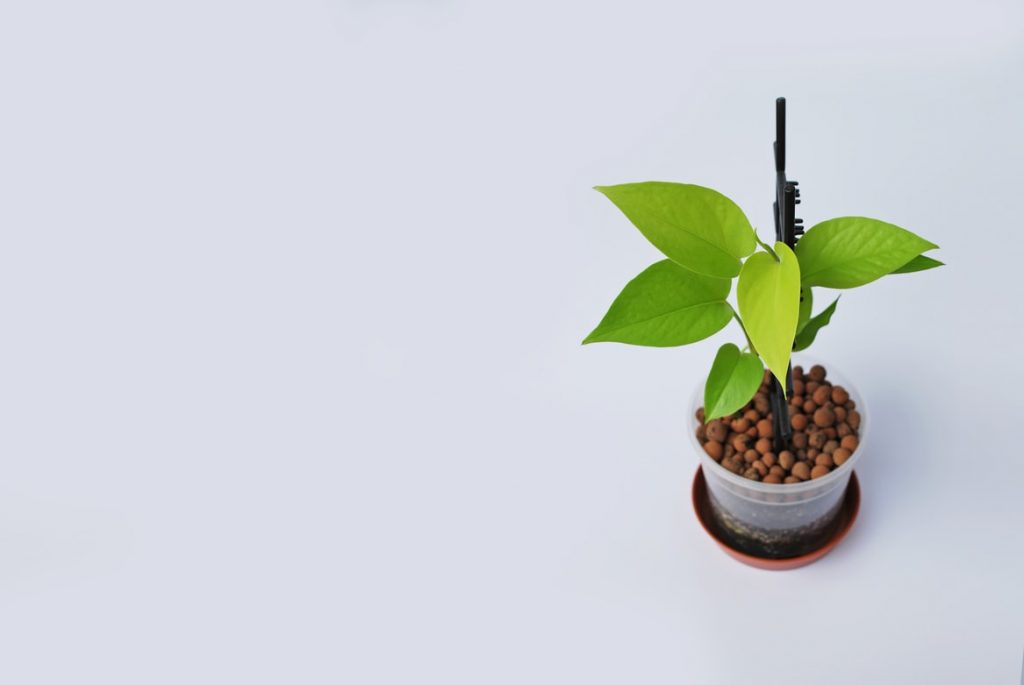
Temperature and Humidity
Pothos should stay above 50 degrees Fahrenheit, ideally in the 60-80 degree range.
Pothos also likes high humidity, so you can add moisture to your plants by placing them frequently in normally humid areas of your home, but don’t worry too much about humidity, since Pothos is tolerant to average or dry air and can thrive even in low humidity.
Fertilizer
Pothos doesn’t need much in the way of nutrients, but since most potting soil usually doesn’t have nutrients, you can boost Pothos with a small amount of houseplant fertilizer every once in a while (about 1 to 2 months).
Caring Pothos
Clean
Place Pothos plants regularly in a sink or shower and pour warm water over the leaves and stems.

Trim
Trim Pothos plants to keep them plump and dense. When pruning, it is best to use a sharp knife or scissors and cut the stem just above the joint where the leaf meets the branch. Remove all the pruning material and water the plant until the soil becomes moist. This will protect the plant from drought stress when it regrows.
Pests
Pothos generally does not suffer from pest problems and is rarely infected by mealybugs.
When encountering an insect infestation, the easiest way is to wipe the affected area with a cotton swab or cotton ball dipped in 70% alcohol, or to use insecticidal soap.

Propagating Pothos
Pothos can easily reproduce from stem cuttings. Cut a 6-inch stem just below the nodes, then place it in water, place it in bright indirect sunlight for a month, and check the development of the roots — they will develop in a month or two. Be sure to change the water every 2-3 weeks, plant cuttings with good roots in fresh potting soil, or plant multiple stems in the same pot for the lushest growth.
Matters needing attention
Please note that Pothos is poisonous and may cause problems for families with pets or children. If ingested, it can cause oral irritation, difficulty swallowing, and vomiting, but is usually not life-threatening unless the swelling is so great that it blocks breathing. So we need to keep it out of the reach of pets and children to avoid danger.

FAQ
Brown or yellow leaves
Trim the affected stems back to the base of the plant to encourage new growth and increase watering.
Impaired leaf color
Probably due to poor light. Move it to a brighter position.
The leaves gradually pale
This could be a sign that the plant is getting too much light. Move it to a place of low light.
Blackening of leaves or stems or sudden plant collapse
This could be a sign of overwatering and root rot. The affected branches need to be cut, allowing the soil to dry out completely and new roots to grow. In severe cases, the plant may not recover.
Leaves shrivel, turn yellow, wither or turn brown at the edges
This can be a sign of a lack of water. Add watering as needed.
Dark leaves and slow growth
Probably a result of low temperatures. Move the plant to a warm place and prune affected growth to encourage regrowth.


